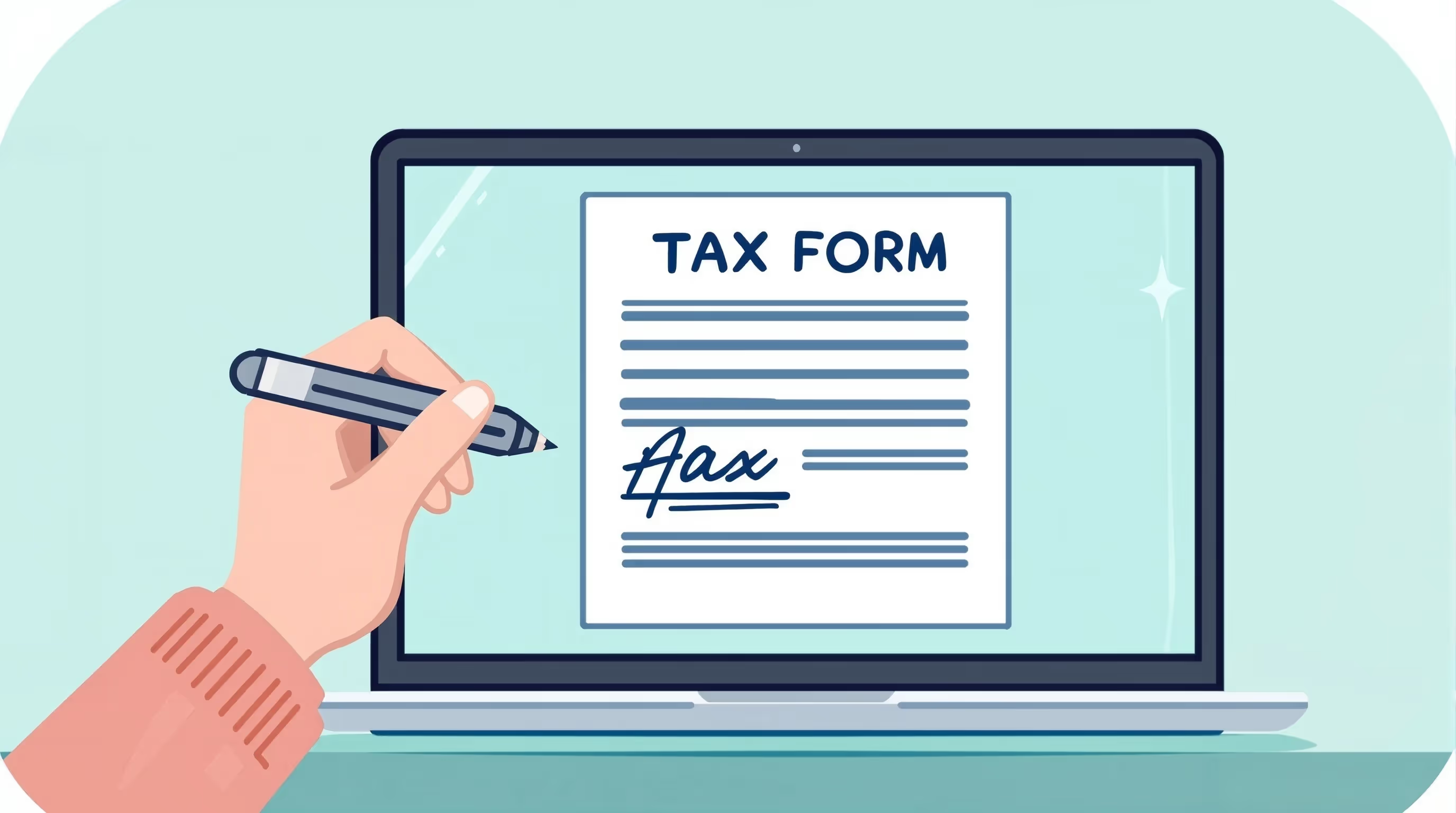
What IRS Schedule F (Form 1040) (2018) Is For
Farmers and self-employed individuals use IRS Schedule F (Form 1040) to report income and expenses related to their farming activities. It calculates gross income from activities such as crop sales, livestock, and farm services, and provides essential tax deductions. This form also accounts for self-employment tax, business expenses, and other tax deductions that may reduce the overall tax bill.
Completing Schedule F ensures that farmers report accurate income and comply with federal income tax regulations. Using this form correctly can help minimize tax liabilities and avoid penalties, making it essential for those who operate farming businesses as sole proprietors or LLCs.
When You’d Use IRS Schedule F (Form 1040) (2018)
IRS Schedule F (Form 1040) is used to report income from a qualified trade or farming business, whether operated as a sole proprietorship or another business structure. This form is essential if you receive guaranteed payments or any business income that affects your federal income tax return.
It is also necessary if you qualify for the qualified business income deduction (QBI), which reduces taxable income for self-employed individuals and small business owners. Using Schedule F ensures that earned income tax credits and deductions for business expenses are applied correctly, which directly impacts the net amount owed for the tax year.
Key Rules or Details for 2018
The Tax Cuts and Jobs Act (TCJA) brought several changes in 2018, such as the qualified business income deduction (QBI), which allows taxpayers to deduct up to 20% of business income. To qualify for this deduction, you must meet certain criteria, which can lower your tax rate. Understanding your eligibility is essential for reducing your overall tax burden.
Self-employed farmers and small businesses must account for Social Security taxes on their profits. These taxes apply to income from both sole proprietorships and partnerships, and you must report them accurately based on the calendar year. Additionally, the standard deduction was increased, potentially reducing taxable income for many taxpayers.
Step-by-Step (High Level)
- Gather Documents: You should collect all relevant records, including farm income, business expenses, and details about your tax situation.
- Download Forms: Visit the IRS website to download the correct 2018 Schedule F form or consult a tax professional for assistance.
- Complete Schedule F: Fill out Schedule F by entering business income, eligible deductions, and any relevant information on employees or loan expenses.
- Claim Deductions: Apply the QBI deduction and any other applicable tax deductions to lower your taxable income.
- Submit Your Return: Ensure that all necessary documents, including bank account details, are submitted to the IRS for processing.
These steps will help ensure accurate and timely filing.
Common Mistakes and How to Avoid Them
When filing IRS Schedule F (Form 1040), avoiding common mistakes is essential for a smooth process. The table below highlights frequent errors and solutions to help prevent them.
- The taxpayer must verify the correct Schedule F form for the accurate tax year before filing.
- The taxpayer should ensure that all sources of income and business expenses, including dividends and property sales, are included.
- The taxpayer must double-check all calculations for cost and gain on qualified items or property to avoid miscalculations.
- The taxpayer should attach all required documents, such as business returns and receipts for deductions, to prevent delays.
- The taxpayer must submit their tax return through a secure IRS portal with a padlock icon to prevent security issues.
Taking these preventive measures ensures compliance, accuracy, and faster processing of your return.
What Happens After You File
After submitting your 2018 IRS Schedule F, the IRS begins processing your return. You will receive confirmation from the IRS that they have received your tax return. Depending on the accuracy of the information, the process can take between 8 and 12 weeks.
If the IRS needs further clarification, they may contact you for more information about the income earned or any discrepancies. It's important to monitor any correspondence from the IRS to avoid missing any critical updates.
After your return is processed, you may receive a refund or be notified if additional payments are owed. If you owe money, the IRS offers payment plans and other options to manage your tax bill.
FAQs
Can I still file a 2018 Schedule F, and will I face penalties?
Yes, you can still file a 2018 Schedule F, even if it is late. However, if you owe business income taxes, late payment penalties, and interest charges may apply. You should take advantage of available payment options to settle any balance owed.
How do I file an amended return for 2018?
If you need to correct your 2018 return, you must file an amended return using Form 1040-X. When filing an amended return, ensure you accurately report any self-employment income and tax deductions you initially missed, such as the qualified business income deduction.
How can I avoid additional penalties for late payments?
To avoid additional penalties, ensure that you pay any taxes owed promptly. You can also apply for an installment agreement or other payment options if you cannot pay the full amount up front. The IRS may reduce penalties for individuals who act promptly to pay their tax bill.
Do estimated tax payments apply to farmers?
Yes, if you are self-employed or operate a farming business, you are required to make estimated tax payments throughout the year. These payments help avoid large tax bills and interest charges at the time of filing. Speak with a tax professional if you’re unsure about your requirements.
How are self-employment taxes calculated on farm income?
Self-employment tax is calculated on net income from farming, including any wages or income earned from your business. It’s important to report all income and expenses accurately, as this will affect your tax rate and the amount of self-employment taxes you owe. If you’re unsure, consulting a tax professional can help clarify your obligations.








